Accepted Scientific Name: Grusonia invicta (Brandegee) E.F.Anderson
Cact. Succ. J. (Los Angeles) 71(6): 325. 1999 [24 Nov 1999]

Opuntia invicta (Grusonia invicta) Photo by: Valentino Vallicelli
Origin and Habitat: Grusonia invictaSN|9874]]SN|9874]] (Corynopuntia invictaSN|9876]]SN|9876]]) . Vizcaíno Desert Region to just north of the Cape Region. Central Baja California, Mexico. This species is fairly common and there are definitely more than 10,000 mature individuals.
Altitude range: from sea level to 200 metres above sea level.
Habitat: This species grows in silty, sandy, or gravelly soil at low elevation near the coast in Sarcocaul shrubland. In some part of its range it grows among Echinocereus brandegeeiSN|21833]]SN|7505]] and Echinocereus hancockiiSN|7505]]SN|21833]] this three species look remarkably like one to each other. The adaptive value of this convergence (if any) is unknown. It is a widespread and abundant species with no threats. It is extremely spiny and very hardy.
Synonyms:
Common Names include:
ENGLISH: Rat House (for the rodents who build their burrows under this plant), Club Cholla, Devil Cholla, Dagger Cholla, Horse Crippler
SPANISH (Español): Casa Rata
Description: Grusonia invictaSN|9874]]SN|9874]] (Corynopuntia invictaSN|9876]]SN|9876]]) is a mat forming cactus that grows approximately 20-50 cm high and up to 2 m across (or more) with stout stems and very broad formidable spines.
Stems: Jointed, deep green ascending or spreading. Segments obovoid to club-shaped, up to 12 cm long. Strongly tuberculate.
Tubercles: Large, flattened laterally, 3-4 cm long.
Areoles: Large up to 1,5 cm in diameter with white wool.
Glochids: Few white up to 4 mm long.
Leaves: Linear, slightly curved, reddish and ephemeral, 8-14 mm long.
Spines: Thick, sharp-pointed, straight and strongly flattened, that look like little daggers, 1-5 cm long, and are at first reddish or purple with bright carmine-red base, turning greyish-white and finally black.
Radial spines: 6-10.
Central spines: 10-12 much stouter than the radials.
Flowers: Yellow up to 5 cm in diameter, with a magnificent form. Tepals ovate-acuminate. Ovary almost hidden by numerous reddish acicular spines.
Blooming season: April to May.
Seeds: Yellowish, 2 mm broad.
Bibliography: Major references and further lectures.
1) Edward Anderson “The Cactus family” Timber Press, Incorporated, 2001
2) James Cullen, Sabina G. Knees, H. Suzanne Cubey "The European Garden Flora Flowering Plants: A Manual for the Identification of Plants Cultivated in Europe, Both Out-of-Doors and Under Glass" Cambridge University Press, 11/Aug/2011
3) David R Hunt; Nigel P Taylor; Graham Charles; International Cactaceae Systematics Group. "The New Cactus Lexicon" dh books, 2006
4) Flora of North America Editorial Committee, “Magnoliophyta: Caryophyllidae, part 1.” Fl. N. Amer. 2003
5)Nathaniel Lord Britton, Joseph Nelson Rose “Cactaceae: Descriptions and Illustrations of Plants of the Cactus Family” vol. 1 The Carnegie Institution of Washington, Washington 1919
6) Baker, M. & Puente, R. 2013. Corynopuntia invicta. The IUCN Red List of Threatened Species 2013: e.T152904A693102. http://dx.doi.org/10.2305/IUCN.UK.2013-1.RLTS.T152904A693102.en. Downloaded on 16 March 2016.
7) Peinado, M., Delgabillo, J., and Aguirre, J.L. "Plant Associations of El Vizcaino Biosphere Reserve, Baja California Sur, Mexico." The Southwestern Naturalist 50: 129-149. 2005
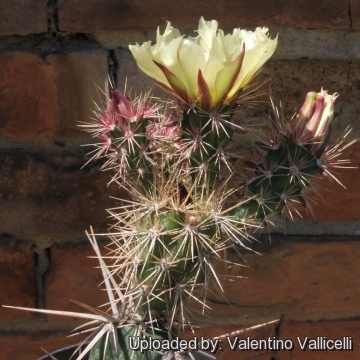 Opuntia invicta (Grusonia invicta) Photo by: Valentino Vallicelli
Opuntia invicta (Grusonia invicta) Photo by: Valentino Vallicelli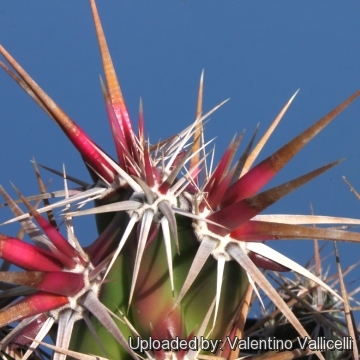 Opuntia invicta (Grusonia invicta) Photo by: Valentino Vallicelli
Opuntia invicta (Grusonia invicta) Photo by: Valentino Vallicelli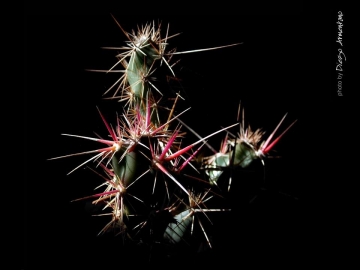 Opuntia invicta (Grusonia invicta) Photo by: Diego Armentano
Opuntia invicta (Grusonia invicta) Photo by: Diego Armentano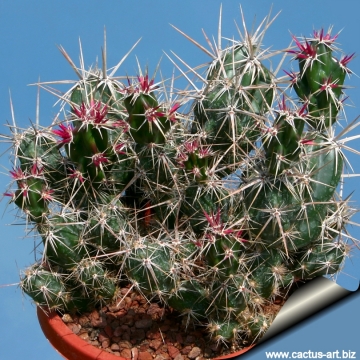 Opuntia invicta (Grusonia invicta) Photo by: Cactus Art
Opuntia invicta (Grusonia invicta) Photo by: Cactus Art Opuntia invicta (Grusonia invicta) Photo by: Valentino Vallicelli
Opuntia invicta (Grusonia invicta) Photo by: Valentino Vallicelli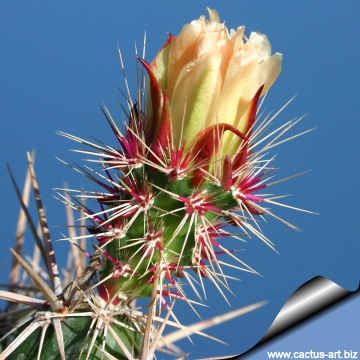 Opuntia invicta (Grusonia invicta) Photo by: Cactus Art
Opuntia invicta (Grusonia invicta) Photo by: Cactus Art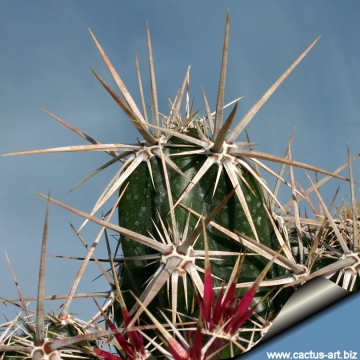 Opuntia invicta (Grusonia invicta) Photo by: Cactus Art
Opuntia invicta (Grusonia invicta) Photo by: Cactus Art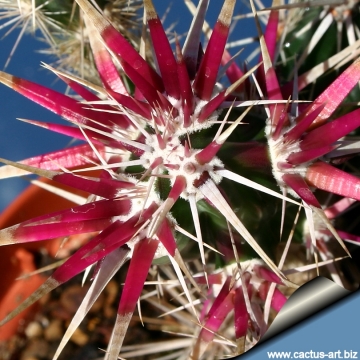 Opuntia invicta (Grusonia invicta) Photo by: Cactus Art
Opuntia invicta (Grusonia invicta) Photo by: Cactus ArtCultivation and Propagation: This plant from Baja California needs warmer winter temperatures, and can resist only occasional light frost, above -2 C. It is very sensitive to over-watering (rot prone) and needs good drainage. Fertilize with a half-strength liquid fertilizer in summer. Irrigate regularly during the growing season, keep absolutely dry in winter. Needs full sun.
Outdoors: Drought-tolerant; suitable for xeriscaping, little or no water once established,
Propagation: Seeds or herbaceous stem cuttings (Allow cut surface to callus over before planting).


















